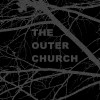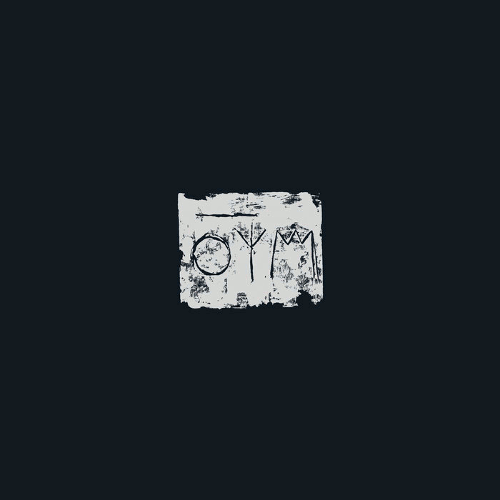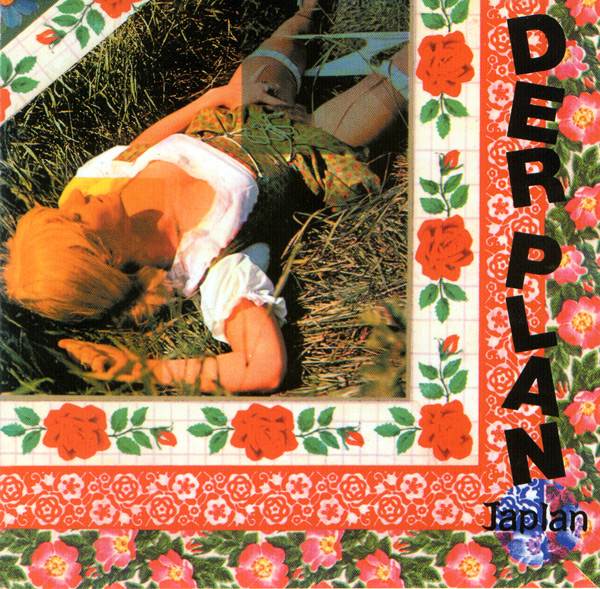 You enter a dark theater. Yr not entirely sure where you are, or how you got there. You don’t know what’s going on. You walk into the flickering shadows, the interior of a theater swims into halflight, shadowy patrons whispering, pockets of activity in the corner. A young man beats a bone drum in a ceremonial dirge in the corner, a woman in blood is speaking Baudelaire on a raised platform. Over the loudspeakers, the textured rub of raw granite, snippets of sing-song, recordings of the London Tube. A car chase flickers to life on the vellum canvas of an enormous movie screen; the music rises to a fever pitch. A detuned fiddler arises from nowhere, adds her discordant bow to the tumult. The patrons are becoming agitated, starting to sway and convulse in unnatural moments, bodies becoming disproportionate, elongated. You start to feel a stirring in yr shoulders, yr guts: a wild shriek tears itself to pieces as the lower half of yr face is ripped into mandibles. Yr transformation is complete.
You enter a dark theater. Yr not entirely sure where you are, or how you got there. You don’t know what’s going on. You walk into the flickering shadows, the interior of a theater swims into halflight, shadowy patrons whispering, pockets of activity in the corner. A young man beats a bone drum in a ceremonial dirge in the corner, a woman in blood is speaking Baudelaire on a raised platform. Over the loudspeakers, the textured rub of raw granite, snippets of sing-song, recordings of the London Tube. A car chase flickers to life on the vellum canvas of an enormous movie screen; the music rises to a fever pitch. A detuned fiddler arises from nowhere, adds her discordant bow to the tumult. The patrons are becoming agitated, starting to sway and convulse in unnatural moments, bodies becoming disproportionate, elongated. You start to feel a stirring in yr shoulders, yr guts: a wild shriek tears itself to pieces as the lower half of yr face is ripped into mandibles. Yr transformation is complete.
Welcome to The Outer Church.
*
In these dark days, the flummoxed music lover may find themselves confused, disoriented, bombarded on all sides by the collective brilliance of mankind. We don’t know which way to turn, we don’t which way is up. We could be lost forever in the void. Suddenly there is a beacon, a guiding light, some kindly Virgil to lead us through the underworld of free noise, improvised electronics, straight-up techno and old-world occultism.The Outer Church have been curating auditory oddities since 2009. Founder Joseph Stannard describes the genesis thus:
Wind the tape all the way back to Brighton in 2009. The uncanny influence seeping into contemporary music from ‘elsewhere’ had become impossible to ignore. Magazine pieces I had written in my capacity as a music critic were revealed to contain subliminal memos for my own attention. Unusually vivid dreams and unsettling anonymous telephone calls imparted curious instructions. I was to establish a space in which various forms of unheimlich audio would converge with moving images of a similarly anomalous nature. Equipped only with a well-thumbed copy of The Beginner’s Guide To Psychic Architecture, I resolved to build a Church.
This compilation presents a selection of the artists who have performed at The Outer Church, with the exception of illustrious filmmaker and composer Graham Reznick, who lives in faraway Brooklyn and kindly permitted us to screen his tremendous psychedelic campfire tale, I Can See You, in Brighton and Dublin. All of the recordings here are previously unreleased. Together they advance the argument that something weird is stirring in modern music which resists categorisation, manifesting itself in unsettling cadences and temporal distortions across a wide variety of occult strategies.”
This resistance to categorization is the dark heart of this compilation, and it illustrates the importance of The Outer Church in defining this anomalous movement. Ranging from scraping vague musique concrète (Embla Quickbeam), to handmade electronica experimentation (Ekoplekz), to straight up ’60s pop (Hong Kong in the ’60s), the uninformed would never know these disparate styles make up a shadowy ‘scene’, without Stannard and compatriots connecting the dots on these 28 tracks. Well-known luminaries of the hauntological underground (Baron Mordant, Pye Corner Audio, VHS Head) rub elbows with little-known newcomers (Silver Pyre, The Wyrding Module, Angkorwat); hopefully this will earn some fresh ears for all parties.
There’s a lot of bands, covering a lot of styles, but thankfully, both sprawling discs are seamlessly sequenced, making an immersive listening experience. It would take a Russian novel to properly describe the two hours of musical curiosities contained herein, and The Outer Church compilation works best when taken as a whole, transforming yr listening environment into a simulacrum of The Outer Church nights in Brighton. Find some grainy old horror films and turn down the sound, and let Robin The Fog and Vindicatrix create an aleatoric score to blow minds and send goosebumps.This compilation is a much needed breath of crypt air for the Hauntological movement. A few years ago, Ghost Box Records, Pye Corner Audio and its neon American counterpart, Hypnagogic Pop, were revving up journalists with their authenticity and false memories. Due to the machinery of the music industry, where people hear something once and then move on, forcing some to conclude that “hauntology has had its day.” The most recent album from Ghost Box lynchpins The Focus Group drew some criticism for doing what they have always done. This is reductive and dismissive to the extreme, as the recombinant DNA of Burial, Coil, Delia Derbyshire and Cabaret Voltaire continue to spread like witchfire through all corners of the British Isles.
The Outer Church, and all the artists contained on these silver platters, represent modern culture, by showing its inverse. Disparate personalities and musical backgrounds all struggle to cope with the cavalcade of increasing technology and exposure to information. All of the artists on The Outer Church compilation are attempting to deal with technology and the unlimited potential offered by the weakest of computers. Look at Hacker Farm, a couple of nutters from Somerset who have reacted to the technological dilemma by creating “carboot electronics … a celebration of the homemade, the salvaged and the hand-soldered. DIY electronics performed on obsolete tech and discarded, post-consumerist debris.” They are summoning the specter of Throbbing Gristle, getting back to the early experimental roots of electronic music, before everything was slaved to the grid, making brutalist dance tracks that manipulate the punters into predictable gyrations. Hauntologists have always been about creating an artificial past, creating a world they want to live in. They reject the modern, and take things back to their qabbalistic roots. They are modern antiquarians and retro-futurists. They are embodying the utopian ideals of early electronic exploration, the infamous BBC Radiophonic Workshop and the IRCAM in France, who had a nearly monastic zeal to manipulate the basic building blocks of sound, and as a result the way we perceive ‘reality’.The joy and beauty of this compilation is that it embraces both the future and the past. Hauntologists, by nature, reference old media and culture. Digging the motorgroove of Pye Corner Audio’s “Black Mist” will give you a new-found appreciation of vintage horror scores like John Carpenter‘s Escape From New York. Checking out Position Normal‘s “Siegfried & Roy” will prepare you for the many virulent strains of post-punk, from the spazzy jazz of Captain Beefheart to the death disco of Public Image Ltd to more contemporary fare like Michigan’s industrial terrorists Wolf Eyes.
The Outer Church compilation is essentially a primer for a movement that defies easy categorization. It’s a microcosm of a shadowy sub-cult taking place in mildewing basements and whitewashed art galleries all over the world. Especially in Brighton. Another reviewer called this album “a No New York of contemporary oddtronica” and that seems pretty spot on. Here’s a chance to hear some new work from old favorites and find some old work from some new favorites. Its a comprehensive introduction to a movement that can’t be named.Hauntology can’t be killed, because its undead.
-J Simpson-



